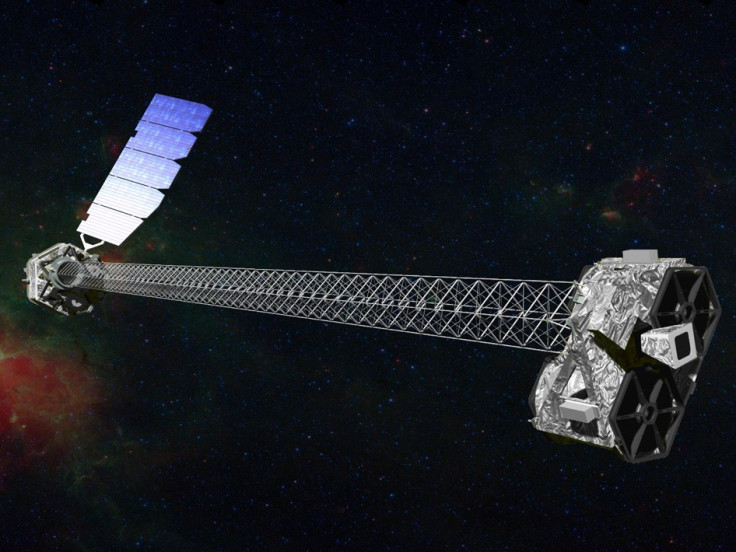Nasa Plans to Launch NuSTAR to Study Mysterious Black Holes

Nasa is planning to launch Nuclear Spectroscopic Telescope Array, or NuSTAR into space to study everything from massive black holes to the Sun.
NuSTAR is scheduled to launch around 13 June, according to a new report.
The telescope will study black holes and help answer questions about the formation and physics behind these wonders. The observatory will also investigate how exploding stars forge the elements that make up planets apart from a study on Sun's atmosphere.
Nasa scientists claim that this observatory will be able to focus the high-energy X-ray light into sharp images because of its complex, innovative telescope design.
Usually, high-energy light is difficult to focus because it only reflects off mirrors when hitting at nearly parallel angles. NuSTAR solves this problem with nested shells of mirrors. It has the most nested shells ever used in a space telescope, 133 in each of two optic units. The mirrors were moulded from ultra-thin glass similar to that found in laptop screens and glazed with even thinner layers of reflective coating.
NuSTAR also consists of state-of-the-art detectors and a lengthy 33-foot (10-meter) mast, which connects the detectors to the nested mirrors, providing the long distance required to focus the X-rays. The mast is folded up into a canister small enough to fit atop the Pegasus launch vehicle which is expected to unfurl about seven days after launch.
According to the Nasa report, science operations will begin nearly 23 days later.
"We will see the hottest, densest and most energetic objects with a fundamentally new high-energy X-ray telescope that can obtain much deeper and crisper images than before," said Fiona Harrison, the NuSTAR principal investigator at the California Institute of Technology (Caltech) in Pasadena, in a statement.
NuSTAR will be the first space telescope to create focused images of cosmic X-rays with the highest energies.
The telescope will have more than 10 times the resolution and more than 100 times the sensitivity of its predecessors while operating in a similar energy range.
"NuSTAR uses several innovations for its unprecedented imaging capability and was made possible by many partners," said Yunjin Kim, the project manager for the mission at Nasa's Jet Propulsion Laboratory (JPL) in Pasadena, in a statement.
"We're all really excited to see the fruition of our work begin its mission in space," Kim added.
NuSTAR will work with Nasa's Chandra X-ray Observatory, which observes lower-energy X-rays. Together, they will provide a more complete picture of the most energetic and exotic objects in space, such as black holes, dead stars and jets travelling near the speed of light.
© Copyright IBTimes 2024. All rights reserved.






















